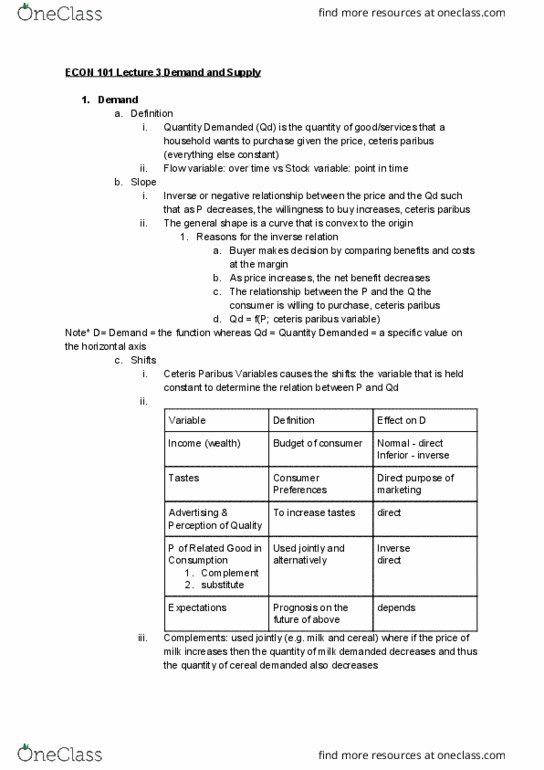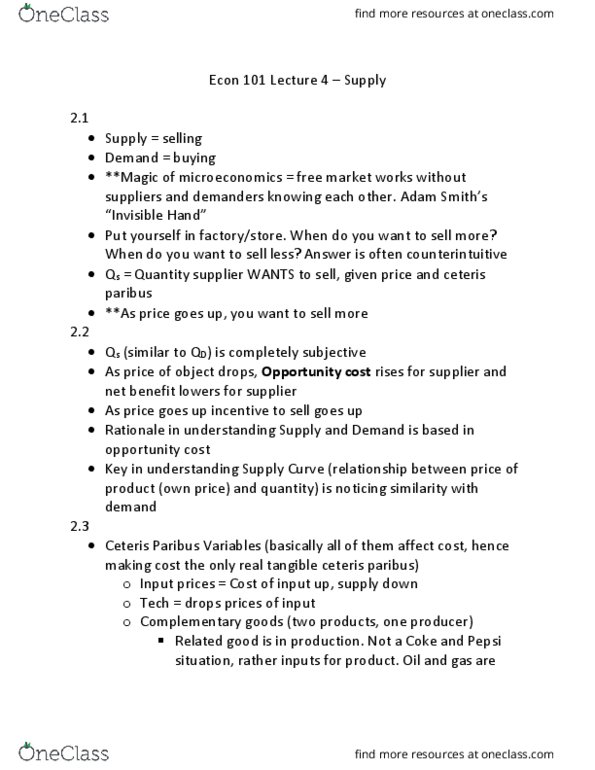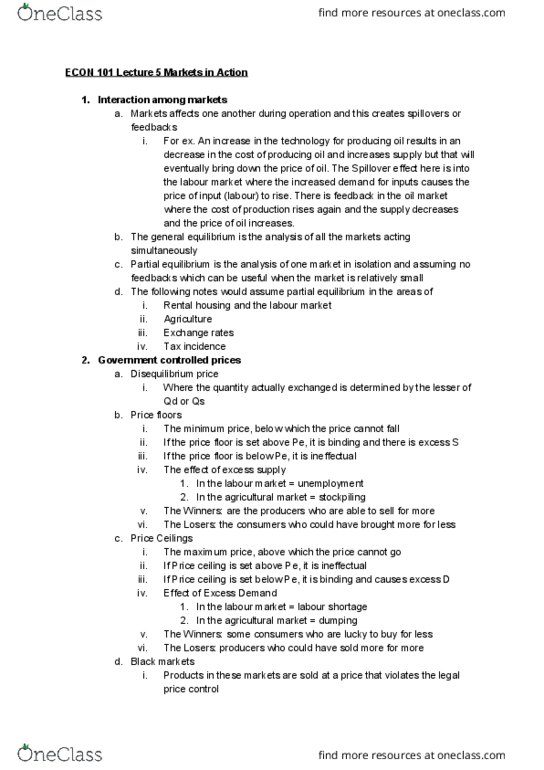1.When the term "price" is used in the law of demand, price refers to Select one:
a. the price of the well relative to the price of another good.
b. the nominal price of the well relative to its nominal price in the previous year.
c. the absolute price of the good.
d. the dollar price of the good.
2.In economics, the meaning of demand refers to Select one:
a. the quantities of a good that people will sell at various prices.
b. the total satisfaction that consuming good provides people at different prices.
c. how badly someone wants a good.
d. the quantities of a good that people will buy at various prices.
3.Which of the following illustrates the law of demand?
Select one:
a. College enrollment increases when federal tuition grants are readily available to students.
b. More people watch college basketball in March than in November.
c. The number of long-distance calls in the United States is greater on Christmas than on Valentine's Day.
d. The prevailing wage rate in an industry determines how many people choose to work in the industry.
4.The absolute price of a good is its
Select one:
a. money price.
b. projected price.
c. relative price.
d. subjective price.
5.The only variable that can affect a movement along the demand curve is
Select one:
a. the number of buyers.
b. income levels.
c. the price of the good itself.
d. the number of substitutes.
6.The price of an MP3 music player increased from $50 to $70 while the price of a music download increased from $1 to $2. The relative price of an MP3 music player in terms of music downloads Select one:
a. increased from 0.04 to 0.05.
b. decreased, but we need more information to know by how much.
c. increased, but we need more information to know by how much.
d. decreased from 50 to 35.
7.The quantity supplied of a particular good is the amount of the good that
Select one:
a. households want firms to sell at each price during a particular time period.
b. firms will actually end up buying at a particular price during a given time period.
c. firms are willing to sell at each price during a particular time period.
d. households are willing to consume at each particular price.
8.An increase in price will lead to an increase in quantity supplied. This statement is
Select one:
a. the law of supply.
b. untrue always.
c. the law of demand.
d. a normative statement.
9.Regarding the law of supply, which of the following statements is correct?
Select one:
a. As demand falls, supply rises.
b. The ceteris paribus assumption does not apply.
c. As the price of a good or service rises, the quantity supplied will increase.
d. As the price of a good or service rises, the quantity supplied will decrease.
10.A given supply curve illustrates Select one:
a. the relationship between expected future prices and quantity supplied.
b. the effect of a change in resource costs on the quantity supplied.
c. the effect of a change in technology on the quantity supplied.
d. the relationship between price and quantity supplied.
11.If there is a decline in the price of milk, an input in the production of ice cream, then there will be a(n)
Select one:
a. decrease in the supply of ice cream and a leftward shift of the supply curve.
b. increase in the supply of ice cream and a rightward shift of the supply curve.
c. increase in the quantity of ice cream supplied and a movement down along the supply curve.
d. decrease in the quantity of ice cream supplied and a movement up along the supply curve.
12. An improvement in technology in the production of computers would
Select one:
a. increase the demand for computers.
b. decrease the supply of computers.
c. decrease the demand for computers.
d. increase the supply of computers.
13.Which of the following is a non-price determinant of supply? Select one:
a. the number of consumers
b. technological advances in production
c. the price of related goods consumers may buy
d. consumers' incomes
14.Which of the following does NOT cause a rightward shift in the supply curve?
Select one:
a. a reduction in resource costs
b. an increase in technology
c. a reduction in the expected future price of the good
d. a reduction in the price of the good
15.Which of the following is a possible outcome of setting a legal maximum rental rate below the market-clearing rental rate?
Select one:
a. a decrease in the quantity of rental housing demanded
b. an increase in the quantity of rental housing supply
c. a black market in rental housing
d. a surplus of rental housing







